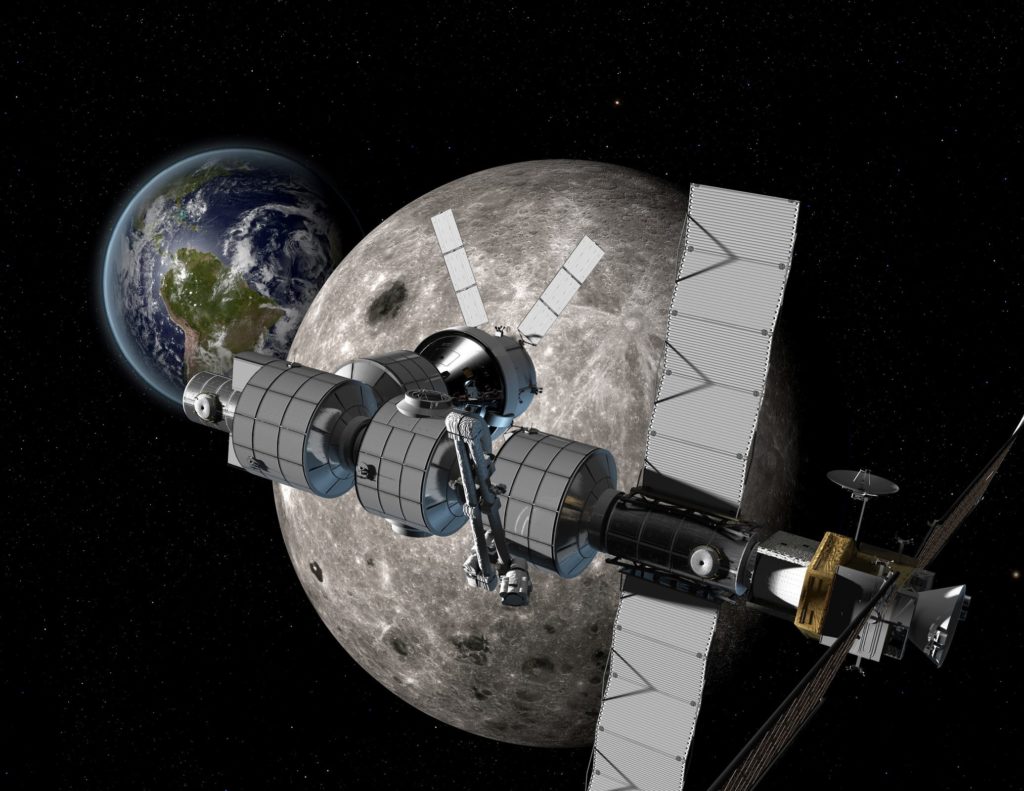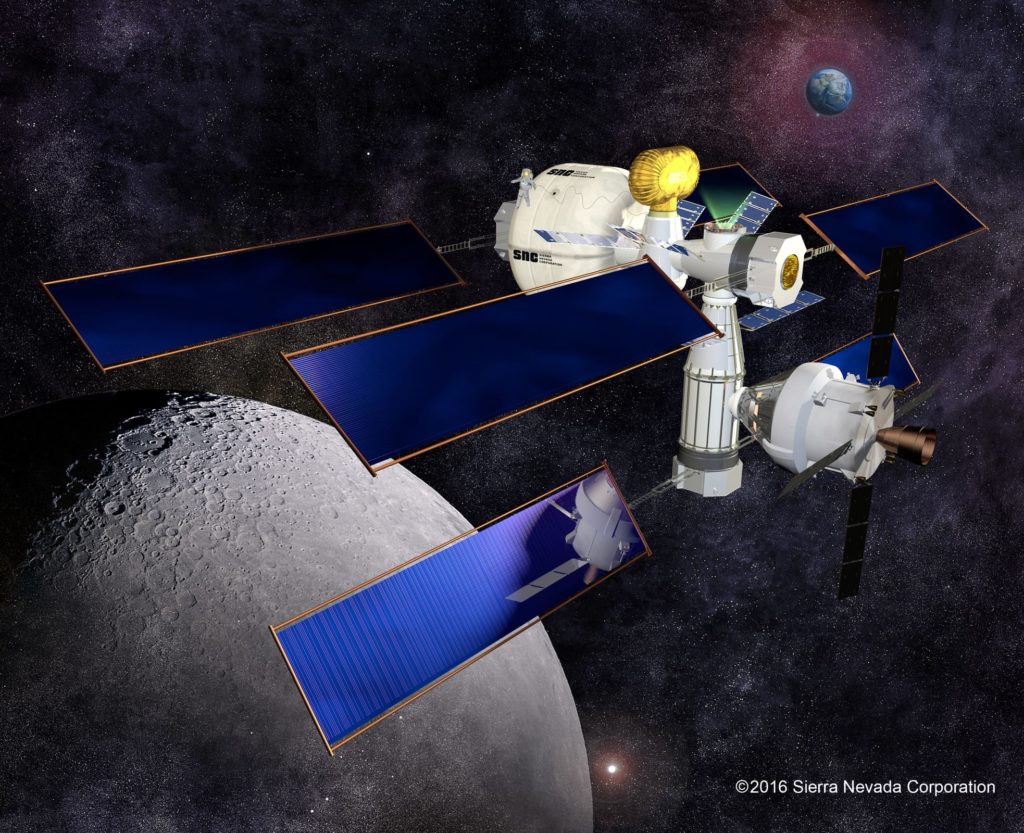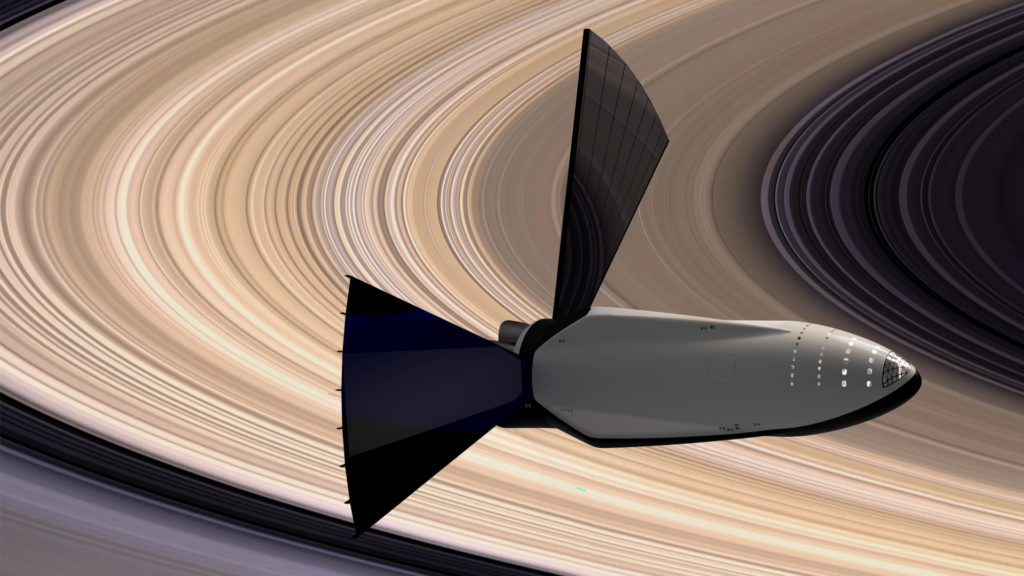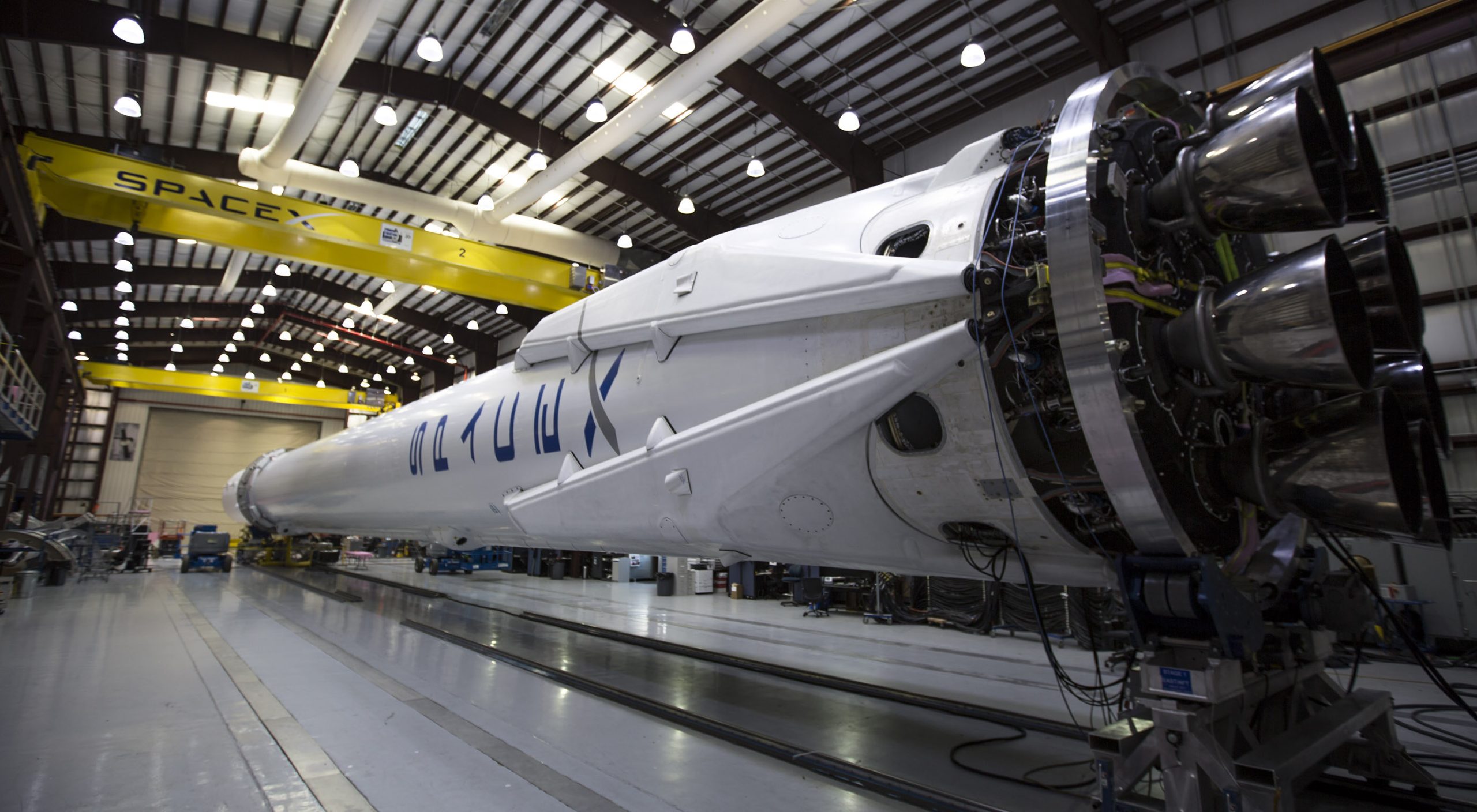
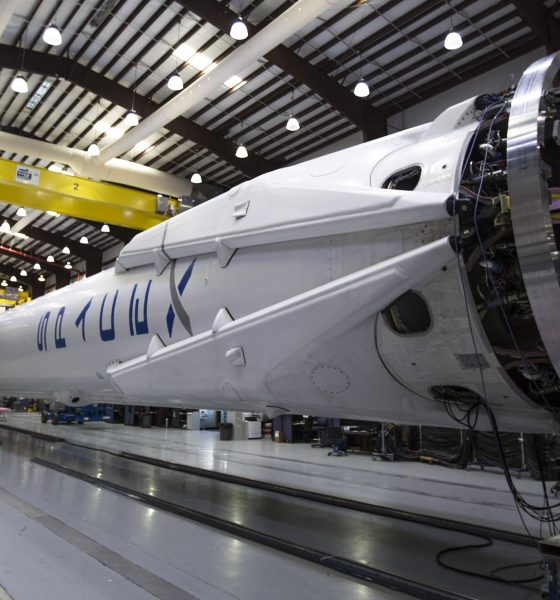
News
SpaceX lobbies NASA to foster competitive deep space exploration
Tim Hughes, the senior VP of SpaceX’s global business and government affairs, testified earlier this morning before the Senate Subcommittee on Space, Science, and Technology and the Committee on Commerce, Science, and Technology. He put forth a strong argument that it would be in the best interests of both NASA and the United States to encourage commercial competition in pursuit of the exploration of deep space, and that this could be done with concrete goals like improved interplanetary communications, vertically landing spacecraft on the Moon, and sending substantial amounts of cargo to Mars.
Before joining SpaceX, Hughes was the central actor responsible for drafting and supporting the Commercial Space Launch Amendments Act of 2004, which effectively paved the way for NASA’s first programs of commercial competition just two years later. He joined the company in 2005, and has defined SpaceX’s approach to legal and government affairs in the many years since.
Leveraging data related to the major successes and efficiency of NASA’s Commercial Orbital Transport Services (COTS) initiative, which began in earnest in 2006, Hughes demonstrated that by awarding SpaceX with funds from COTS, NASA ultimately found themselves with a highly-capable orbital launch vehicle after a relatively miniscule investment of $396 million into the venture. A study later conducted by NASA estimated that developing the same vehicle with a traditional NASA or commercial approach would have cost approximately $4 billion or $1.7 billion respectively, implying that the COTS approach was as much as ten times more efficient than NASA’s own traditional strategies of launch vehicle procurement.
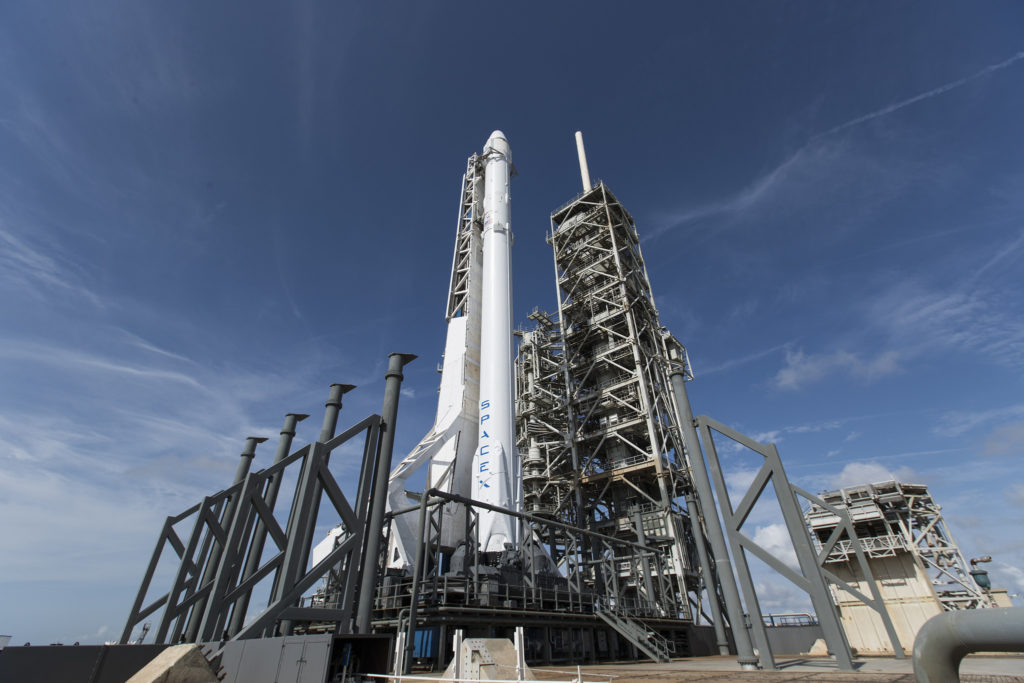
SpaceX’s CRS-11 mission just over a month ago was the company’s 10th successful transport of cargo to the ISS. (SpaceX)
Of course, SpaceX themselves invested over $500 million initially following NASA’s COTS award, but NASA’s bode of confidence in the company likely made it possible in the first place for it to raise that level of funding. The point of this presented data, of course, is to segue into the argument that the introduction of commercial competition into the field of deep space exploration could also benefit NASA in the sense that it might be drastically more cost effective than current approaches. Hughes did not explicitly call out any current programs during his testimony, but the clear figureheads are the Space Launch System and Orion. Such a request from private industry also acts as a bit of a gentle suggestion to those in NASA, related Congressional and Senatorial committees. Subcommittees that past and current traditional strategies of hardware procurement for space exploration may be showing signs of age and obsolescence in the face of more efficient commercial ventures.
In fact, NASA’s Chief of Spaceflight, Bill Gerstenmaier, admitted earlier today in a very rare streak of candor that he “[couldn’t] put a date on humans on Mars” and that that was a result of a severe lack of budget to design and build the myriad technologies, hardware, and vehicles necessary to actually take advantage of a heavy launch vehicle like the Space Launch System. NASA is admittedly beginning to pursue and request industry information for what they are calling a Deep Space Gateway or NEXTSTEP, intended to be a small orbital base or space station located closer to the Moon than to Earth. A successfully-developed DSG would indeed become one completed facet of the architecture needed to bring humans to Mars, and can be compared in concept to SpaceX’s Big Falcon Spaceship in a limited fashion.
- Boeing (pictured here), SNC, and five other companies all produced concepts that are now being evaluated by NASA for the NEXTSTEP program. (Boeing)
- Sierra Nevada’s NEXTSTEP cislunar station concept. (SNC)
- SpaceX’s conceptual Interplanetary Transport System from 2016 was considerably larger and more structurally complex than 2017’s BFR. (SpaceX)
Given Gestenmaier’s frank admittance that NASA’s budget is not presently able to support even a fraction of what is necessary for their “Journey to Mars”, exploring alternative methods of more efficiently exploiting the money NASA could realistically make available for further deep space exploration is almost certainly a major priority, or it at least ought to be. Gertsenmaier’s unspoken need for more efficient methods of exploring Mars and deep space would perfectly mesh with the requested program SpaceX’s Tim Hughes also presented earlier today, and the potential benefits SpaceX might also reap from such an arrangement make it worth serious consideration.
The political and corporate mire that NASA is almost innately intertwined with is the primary and most obvious barrier to the existence of a deep space COTS-esque program, but it is possible that some amount of calculated politicking on behalf of SpaceX could result in the right Senators or Representatives getting behind SpaceX’s mission of cost-effective space exploration.

News
Tesla FSD fleet is nearing 7 billion total miles, including 2.5 billion city miles
As can be seen on Tesla’s official FSD webpage, vehicles equipped with the system have now navigated over 6.99 billion miles.

Tesla’s Full Self-Driving (Supervised) fleet is closing in on almost 7 billion total miles driven, as per data posted by the company on its official FSD webpage.
These figures hint at the massive scale of data fueling Tesla’s rapid FSD improvements, which have been quite notable as of late.
FSD mileage milestones
As can be seen on Tesla’s official FSD webpage, vehicles equipped with the system have now navigated over 6.99 billion miles. Tesla owner and avid FSD tester Whole Mars Catalog also shared a screenshot indicating that from the nearly 7 billion miles traveled by the FSD fleet, more than 2.5 billion miles were driven inside cities.
City miles are particularly valuable for complex urban scenarios like unprotected turns, pedestrian interactions, and traffic lights. This is also the difference-maker for FSD, as only complex solutions, such as Waymo’s self-driving taxis, operate similarly on inner-city streets. And even then, incidents such as the San Francisco blackouts have proven challenging for sensor-rich vehicles like Waymos.
Tesla’s data edge
Tesla has a number of advantages in the autonomous vehicle sector, one of which is the size of its fleet and the number of vehicles training FSD on real-world roads. Tesla’s nearly 7 billion FSD miles then allow the company to roll out updates that make its vehicles behave like they are being driven by experienced drivers, even if they are operating on their own.
So notable are Tesla’s improvements to FSD that NVIDIA Director of Robotics Jim Fan, after experiencing FSD v14, noted that the system is the first AI that passes what he described as a “Physical Turing Test.”
“Despite knowing exactly how robot learning works, I still find it magical watching the steering wheel turn by itself. First it feels surreal, next it becomes routine. Then, like the smartphone, taking it away actively hurts. This is how humanity gets rewired and glued to god-like technologies,” Fan wrote in a post on X.
News
Tesla starts showing how FSD will change lives in Europe
Local officials tested the system on narrow country roads and were impressed by FSD’s smooth, human-like driving, with some calling the service a game-changer for everyday life in areas that are far from urban centers.

Tesla has launched Europe’s first public shuttle service using Full Self-Driving (Supervised) in the rural Eifelkreis Bitburg-Prüm region of Germany, demonstrating how the technology can restore independence and mobility for people who struggle with limited transport options.
Local officials tested the system on narrow country roads and were impressed by FSD’s smooth, human-like driving, with some calling the service a game-changer for everyday life in areas that are far from urban centers.
Officials see real impact on rural residents
Arzfeld Mayor Johannes Kuhl and District Administrator Andreas Kruppert personally tested the Tesla shuttle service. This allowed them to see just how well FSD navigated winding lanes and rural roads confidently. Kruppert said, “Autonomous driving sounds like science fiction to many, but we simply see here that it works totally well in rural regions too.” Kuhl, for his part, also noted that FSD “feels like a very experienced driver.”
The pilot complements the area’s “Citizen Bus” program, which provides on-demand rides for elderly residents who can no longer drive themselves. Tesla Europe shared a video of a demonstration of the service, highlighting how FSD gives people their freedom back, even in places where public transport is not as prevalent.
What the Ministry for Economic Affairs and Transport says
Rhineland-Palatinate’s Minister Daniela Schmitt supported the project, praising the collaboration that made this “first of its kind in Europe” possible. As per the ministry, the rural rollout for the service shows FSD’s potential beyond major cities, and it delivers tangible benefits like grocery runs, doctor visits, and social connections for isolated residents.
“Reliable and flexible mobility is especially vital in rural areas. With the launch of a shuttle service using self-driving vehicles (FSD supervised) by Tesla in the Eifelkreis Bitburg-Prüm, an innovative pilot project is now getting underway that complements local community bus services. It is the first project of its kind in Europe.
“The result is a real gain for rural mobility: greater accessibility, more flexibility and tangible benefits for everyday life. A strong signal for innovation, cooperation and future-oriented mobility beyond urban centers,” the ministry wrote in a LinkedIn post.
News
Tesla China quietly posts Robotaxi-related job listing
Tesla China is currently seeking a Low Voltage Electrical Engineer to work on circuit board design for the company’s autonomous vehicles.

Tesla has posted a new job listing in Shanghai explicitly tied to its Robotaxi program, fueling speculation that the company is preparing to launch its dedicated autonomous ride-hailing service in China.
As noted in the listing, Tesla China is currently seeking a Low Voltage Electrical Engineer to work on circuit board design for the company’s autonomous vehicles.
Robotaxi-specific role
The listing, which was shared on social media platform X by industry watcher @tslaming, suggested that Tesla China is looking to fill the role urgently. The job listing itself specifically mentions that the person hired for the role will be working on the Low Voltage Hardware team, which would design the circuit boards that would serve as the nervous system of the Robotaxi.
Key tasks for the role, as indicated in the job listing, include collaboration with PCB layout, firmware, mechanical, program management, and validation teams, among other responsibilities. The role is based in Shanghai.
China Robotaxi launch
China represents a massive potential market for robotaxis, with its dense urban centers and supportive policies in select cities. Tesla has limited permission to roll out FSD in the country, though despite this, its vehicles have been hailed as among the best in the market when it comes to autonomous features. So far, at least, it appears that China supports Tesla’s FSD and Robotaxi rollout.
This was hinted at in November, when Tesla brought the Cybercab to the 8th China International Import Expo (CIIE) in Shanghai, marking the first time that the autonomous two-seater was brought to the Asia-Pacific region. The vehicle, despite not having a release date in China, received a significant amount of interest among the event’s attendees.
